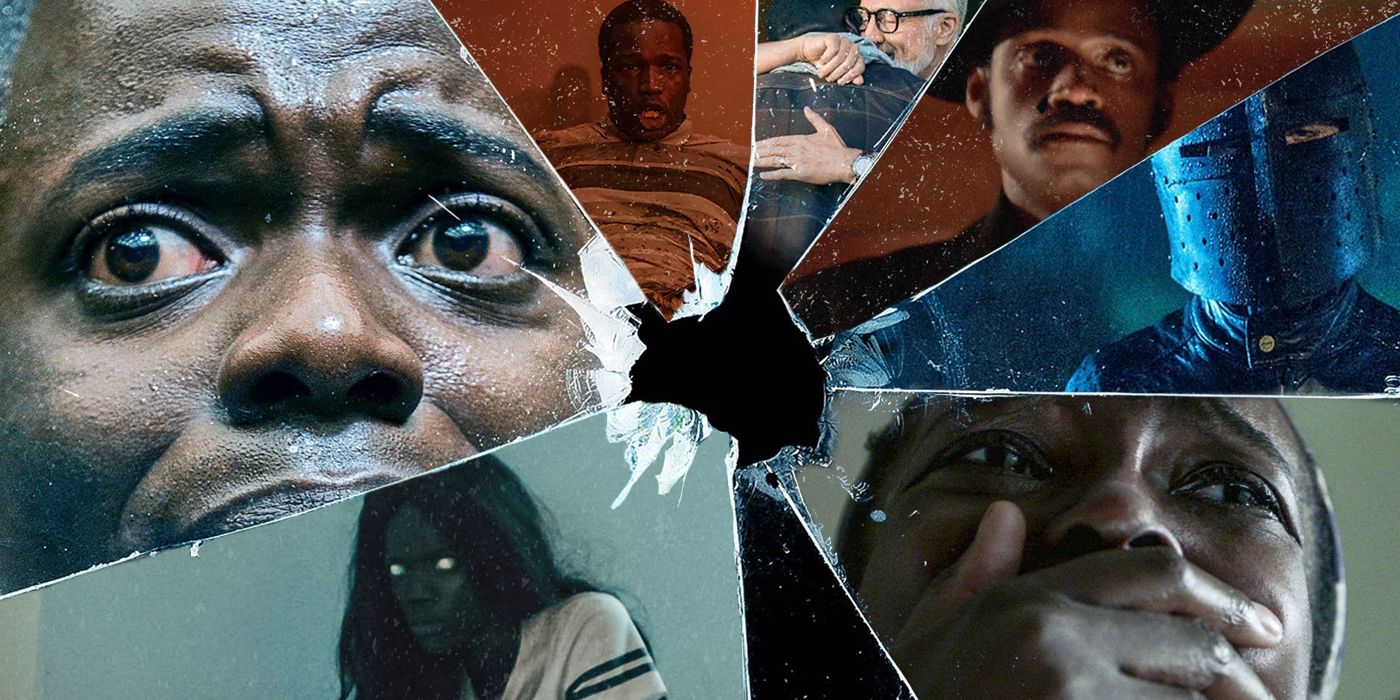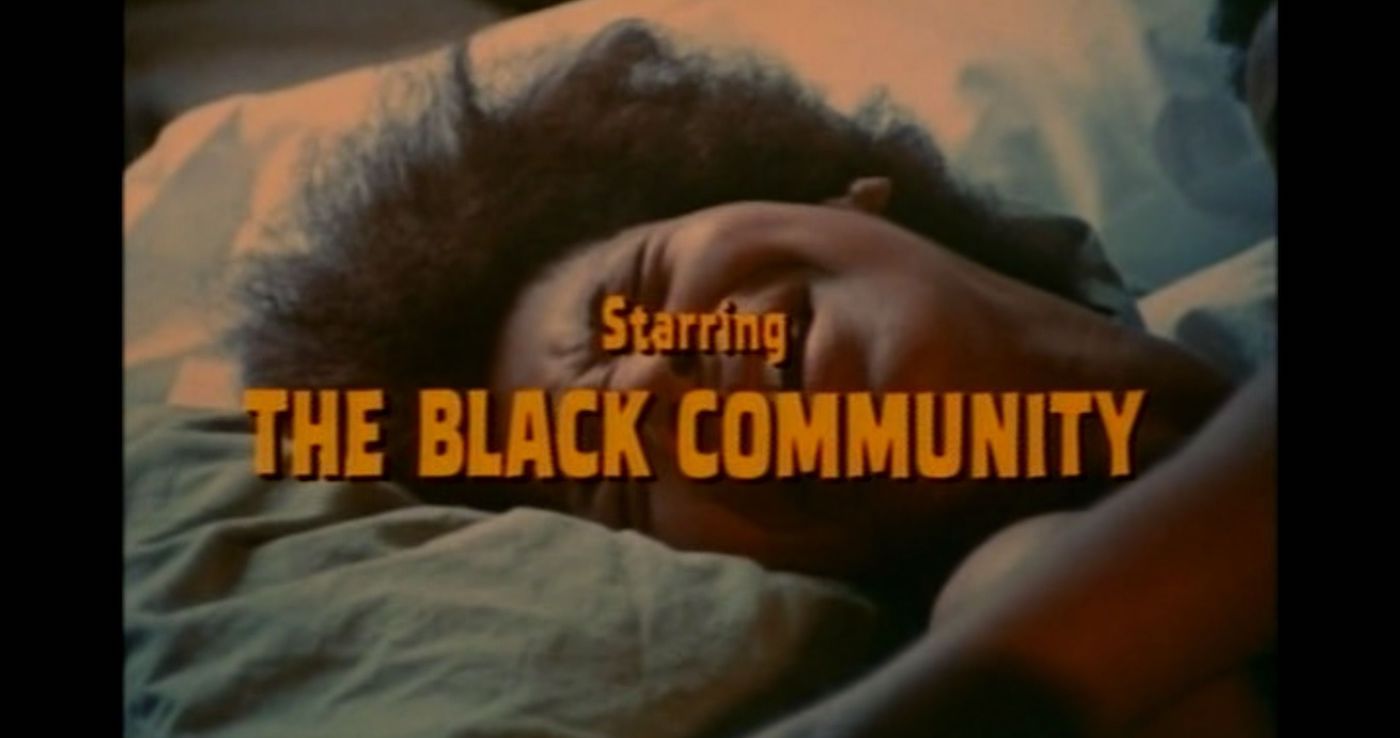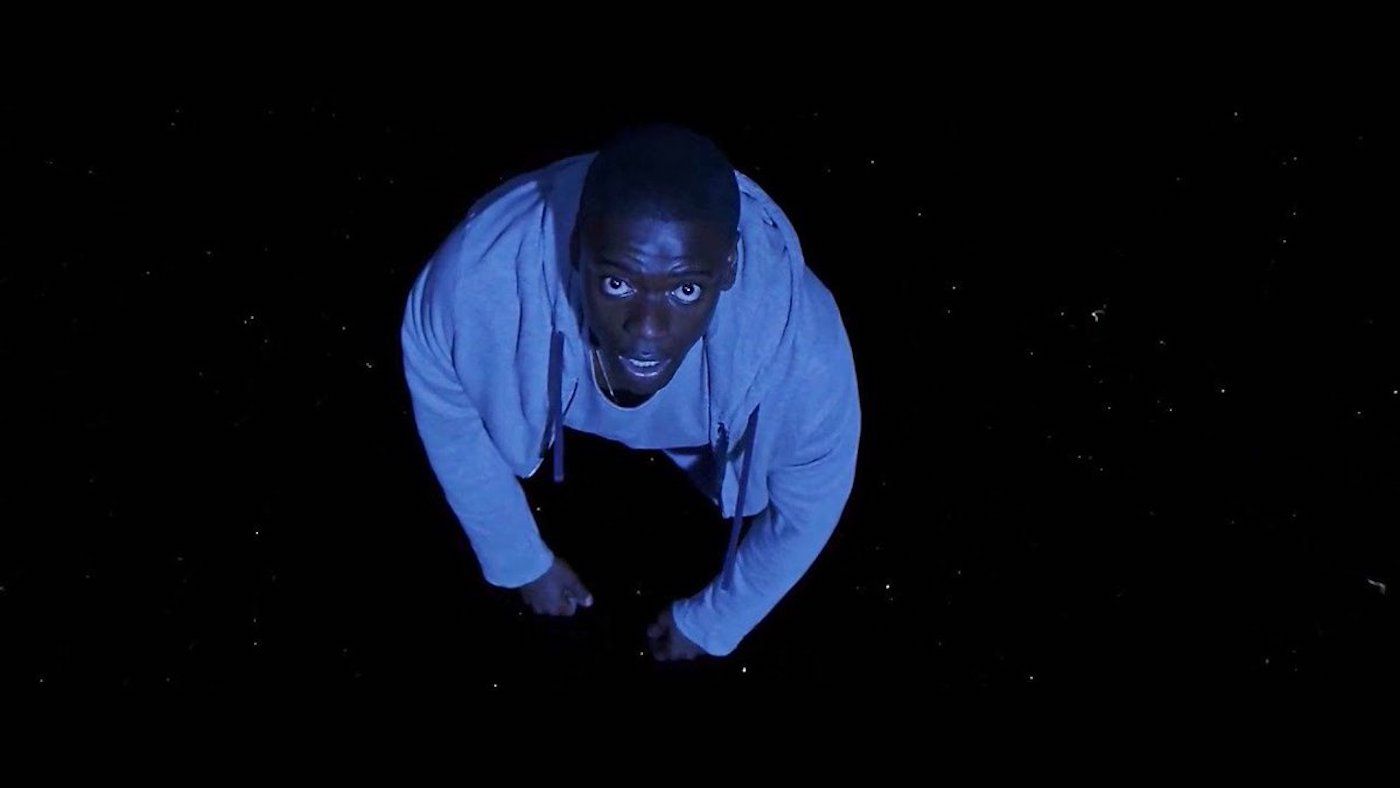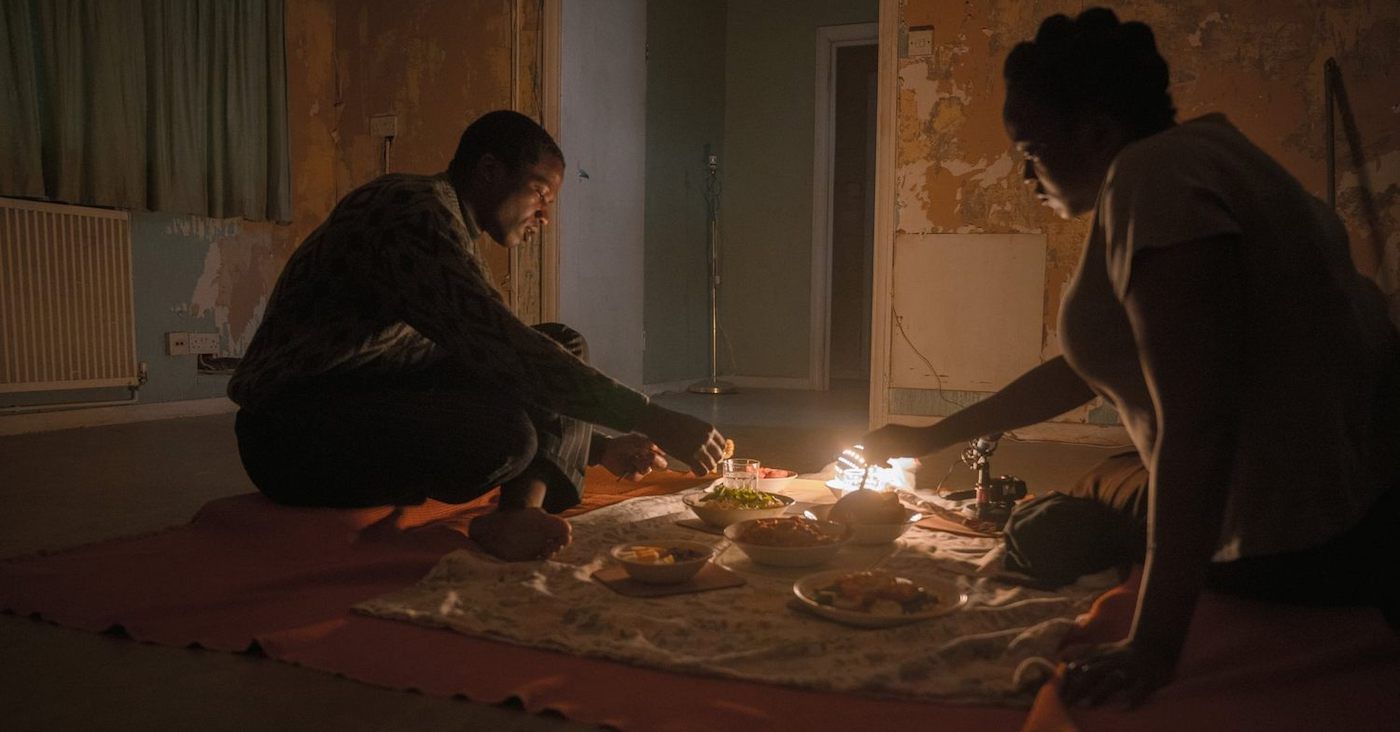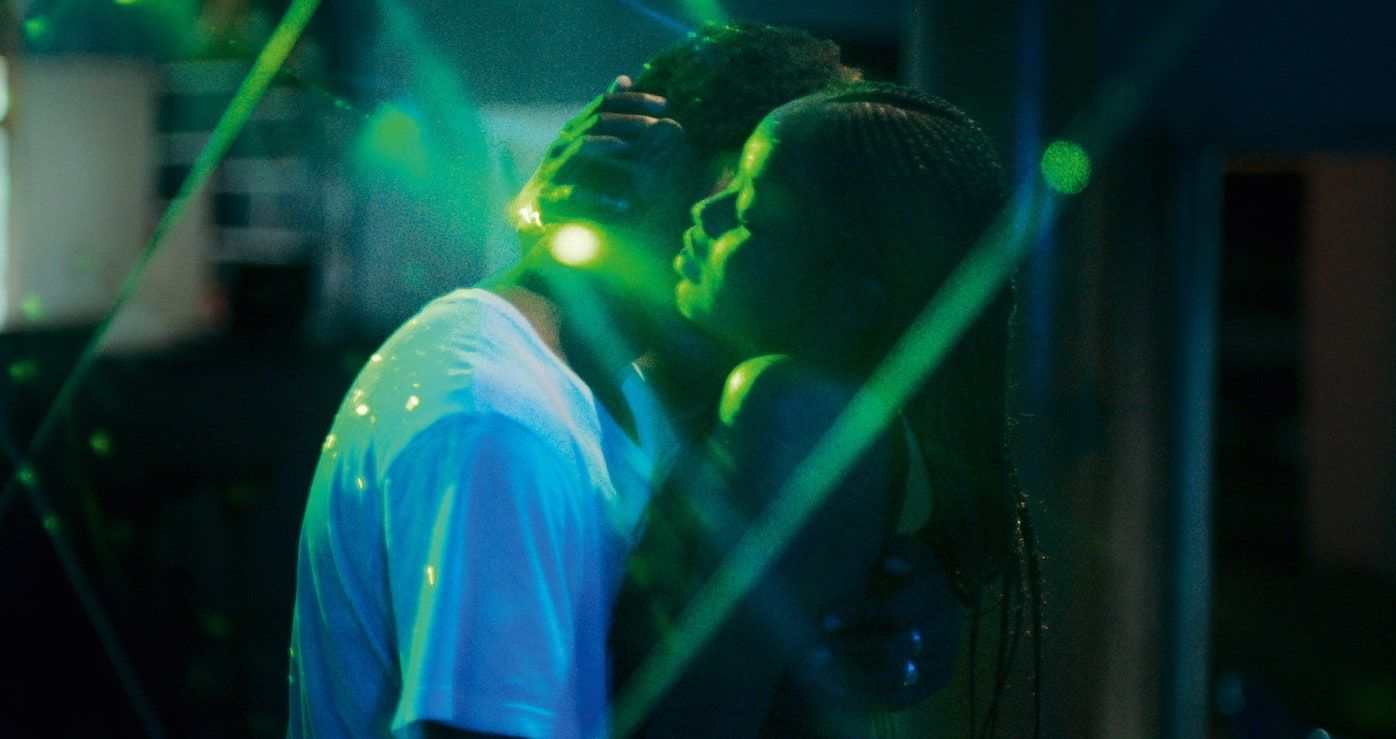Recently, Black Hollywood has challenged stereotypical narratives such as slave films and humorous or mythical Black character narratives, with a shift to horror. It can be argued that the Black experience for most has been extremely difficult with centuries of systemic and systematic racial/socio-economic oppression that upholds these struggles. Mainstream Hollywood has long profited off of the misery and suffering of Black people: using Black people as props to white character arcs (The Blindside), poorly reflecting racist experiences through a progressive white lens (The Help), and retelling Black history/culture through popular white myths and fantasies of what is essential to Blackness (Harriet).
But, Black and Brown directors and writers of the likes of Jordan Peele (Get Out), Mati Diop (Atlantics), Gerard McMurray (The First Purge), and Remi Weekes (His House) have put forth films and series worthy of praise for diversifying Black narratives in Hollywood while also highlighting the current atrocities that plague the Black experience using horror as the main medium. Of course, the new wave of Black horror isn’t entirely new to the film scene. Acting and filmmaking pioneers such as Tony Todd (Candyman), Rusty Cundieff (Tales From The Hood), Melvin Van Peebles (Sweet Sweetback’s Baadasssss Song), and Ernie Hudson (Ghostbusters) revolutionized approaches to expressing the Black experience, all using stylistic horror choices in some of their work during a time where Black voices were constantly silenced. For North American film, horror allows Black writers and directors to experiment with delivering impactful films that center around Black characters and draws less attention away from typical movie stereotypes and centralized white stories. Horror’s effective in softening the blow of illustrating on screen, the harsh reality that too many generations of Black Americans have actually suffered and endured.
Sean Bell, Breonna Taylor, Sandra Bland, Kendrick Johnson... The list goes on of Black lives (in addition to Indigenous and other POC lives) taken at the hands of white supremacy, police brutality, and escalated levels of explicit racism at a detrimental rate. These people also serve as reference/talking points and dark inspiration for Black horror stories on screen. But, artists like Peele aren’t exactly the first to shake up pop horror culture. The 20th century showed out a monumental age for white filmmakers. And sadly, little is ever taught about the Black and Brown people who defied the structure and cinema styles, determined to clear a path and start a legacy for Black and Brown people, by Black and Brown people. But, why horror? Here are some notable films from Black creators that aided in crafting the aesthetics of rising Black horror as we know it.
The cinematic aesthetics we view now have roots in films like Van Peebles’ Sweet Sweetback's Baadasssss Song (1971). He chronicles the tale of a Black man named Sweetback, raised in a brothel, and grows up in the life of the 1970s sex revolution and as an adult is intentionally arrested by frenzied police officers who coordinated with Sweetback’s brothel boss, setting up his arrest for murder, unrelated to Sweetback. The shock of this film not only stems from murder but from police brutality, civil corruption, a recorded account of underground urban lifestyles, and the associated culture. The white police officers who plot to frame Sweetback not only label him a target in already hurting and emotionally heightened community seeking justice for another killed Black man, but they abuse their oath and authority as community ‘protectors’ using volatile methods, psychological and emotional malevolence. The officers and police force as a whole embody both the antagonists and the boogie monster throughout the film, terrifying and threatening various community organizations like the church and community members with consistent beatings, threats made out of their sheer will, and dehumanization of the Black body treating them like sub-human beings.
At the time Van Peebles shook white Hollywood due to his sheer determination to write, produce, direct and act in a film not tied to big corporate studios and directors. And the film’s story itself was enough to upset many viewing his work indicative of anti-police sentiments and self-racial victimization. But what Van Peebles did was open the door and listened to Black voices, put those voices in a script, and got to work. His staple on the Blaxploitation era of film, gifted Black viewers with a Black protagonist that won, and didn’t die at the hands of policemen or as a result of racism. Compared to most current horror movies, Black viewers will be lucky if the token character of color even makes it to the half-hour mark.
When portrayed in the film, the socio-political undertones (police brutality, white progressivism, political corruption) are illustrated in alarming, dread-inducing detail, authentically reflecting the depersonalization that Black people’s bodies are subject to on a consistent basis, and that is what's actually terrifying. Van Peebles offers rich montages and dizzily stylized jump cuts that keep pace with the soundtrack and Sweetback’s battle to make it out of police custody alive. Although, moments of sexual prowess and comedy blimp in lower moments, the heart-pounding intensity from beginning to end hit the nail on the head of a variety of Black social justice topics. Incorporating real fears of Black people on screen and allowing each Black character to hold their own space, humor and personality, outside of whiteness oftentimes is rarely seen in film and TV. Peele elevated the already acknowledged fear of racism from the Black perspective: presenting white audiences with a dose of their implicit microaggression guised as liberal progressivism with remarks like “I would have voted for Obama to have a third term”.
So when films like Peele’s 2017 masterpiece Get Out premiered, many were shaken at the core when experiencing the dazed disorientation main character, Chris (Daniel Kaluuya), is aggressively sucked into the moment he ‘bonds’ with his girlfriend’s family, the Armitages. The depersonalization and disconnect from his own body, a Black body, is illustrated by the magnitude of the sunken place and the Armitage family’s generational tradition of stalking, trapping, and executing Black people in order to have their bodies for an edgier more culturally attractive appeal (i.e. To look cooler, perform better sexually, feel stronger, etc). With these modern subgenres like psychological thrillers, body horrors, and African lore/ ancestral spiritism influenced horror film concepts, Black Hollywood presents society with white supremacy and racism as the new boogie monsters on screen that they should fear.
Black and African music extends the motifs of cultural suffering, love, and relationships, and the Black experience with community terrorism by white power structures. The use of this music in film intensifies when the character’s goals are shifted or upended as plots progress. Additionally, many horror films will rely on orchestral sound scores, and as Van Peebles sought to give an opportunity to rising Black and Brown musicians and even crafted some of Sweetback’s soundtrack, himself. Meticulously implementing sounds that recall or honor Black/African memory proves not only effective but impactful in how Black creators craft pieces with culture, history, and current social climate/relevance in mind. His experimentation with pitch and altered rhythms of grassroots jazz music later influenced the sampling genre of third-wave hip hop.
This approach still carries value as seen with works like the Swahili song, "Sikiliza Kwa Wahenga" at the beginning of Get Out. When translated, the song is called "Listen to Your Ancestors" and was specifically made with the phantasmal whispers of Chris’ ancestors, chanting “Listen to your ancestors. Something bad is coming, run”, directly issuing a warning to Chris at peak moments when Chris recalls traumatic experiences (i.e. death of a stag, death of his mother). Childish Gambino’s Redbone adds a stimulating warning of ‘stay woke’ resonates throughout Chris’s journey to the family estate, acting as a life-saving inner voice for both Chris and viewers.
We are witnessing a boost in conversations of racism and anti-Blackness on the international level as well and phrases/movements like Black Lives Matter carry new meaning, especially when audiences are using such films as pivotal moments in cultural self-reflection and interpersonal race relations. Directors like Remi Weekes and Mati Diop have presented African voices in a new light, exposing the atrocities that still scar and fester in many places throughout the African continent. Stories like His House, which focuses on refugees and the journey of embracing a chance to start fresh while dealing with complex trauma from war and genocide have pushed global discussions of immigration policies, housing, and government-funded programs that conflict with minority communities, and resource accessibility.
Weekes plunges viewers into the fast-paced world of innocent bloodshed and mayhem in His House that main characters Rial (Wunmi Mosaku) and Bol (Sope Dirisu) barely manage to escape. The grim and menacing Night Witch and his insatiable craving for vengeance and desire for a new spiritual food supply toys with the couple spiralling their lives and traumas into paranoid hysteria. Weekes takes the haunted house trope and puts Black characters in the middle, exhibiting all their flaws, grace, mania and grief. Raw human experiences are shadowed by an eerie entity with a decrepit ‘free’ home and a bewildering neighborhood of empty playgrounds, a maze of peeling white fences, and a tanged yellow with onlooking eyes of souls lost in the pair’s voyage to England.
Taking it a step further, female director Mati Diop in her directorial debut of Atlantics, stresses the importance of the Atlantic Ocean in relation to the events of the central protagonist, Ada, and her dead lover Souleiman as they navigate a relationship and test the power of their love amidst supernatural and real-life crisis’. Narratives that feature Black love, community relationships, and non-Western cinematic qualities without a centering of white stories and structures validates so many Black viewers. When it comes to using horror as the medium, there’s more room to explore natural fears that rise from fears within human nature. Visually, creators like Diop do justice to the ancestors with references to Sengalnese mythicism and usage of stunning chromatic and dream-like sequences.
Across many films from this genre, select color palettes are essential in connecting themes of historically inflicted agony and modern world civil rights violations with references to pre-colonial African heritage. For instance, varied shades of red or wine lighting, costumes and backdrops emphasize the significance of remembering stories through the blood. Red calls upon audiences to directly connect with moments, be it a Black body being violated, highlighted, or used. Also, ideas of sensuality, anger with communal/ intimate injustices, and the death of more Black lives are all connotations layered within red settings and subtle details.
A second color, blue, should also be accounted for when evaluating Black horror aesthetics. When cameras were created, darker skin tones were never even a thought. Even though the film is a constantly growing industry, there have been times where POC aren’t visible, like in club scenes or nighttime functions. However, in this modern wave, Black people are more visible and enthralling on screen than ever. Proper lighting and accounting for the literal visibility of the cast have been ignored by Hollywood for decades. Thematically, blue symbolizes water as a safe passage, possibly referencing the usage of rivers and streams as geographic markers on the path to escape from slavery. In older West African traditions, the Yoruba Orisha, Yemaya, grasps heavy association with blue as she controls water, utilizing it for protective purposes. In Diop’s Atlantics, Souleiman perishes at sea, leaving behind a heartbroken Ada. Initially showcasing a love story, paranormal interventions, possessions and evil fukus engulf the futuristic city and Ada’s life. The ocean takes on the energy of Yemaya with intense scenes of emotional bondage for the characters with such dazzling scenes drafted in chromatic cobalt hues, stirring emotions of loving serenity, painstaking yearning and unimaginable grief.
These films are just a few examples of stories from Black filmmakers that understood the assignment. Newer generations of Black directors and writers switching up the horror game should make for a tantalizing and refreshing take on some dense themes while also recognizing the power of Black stories and voices!

